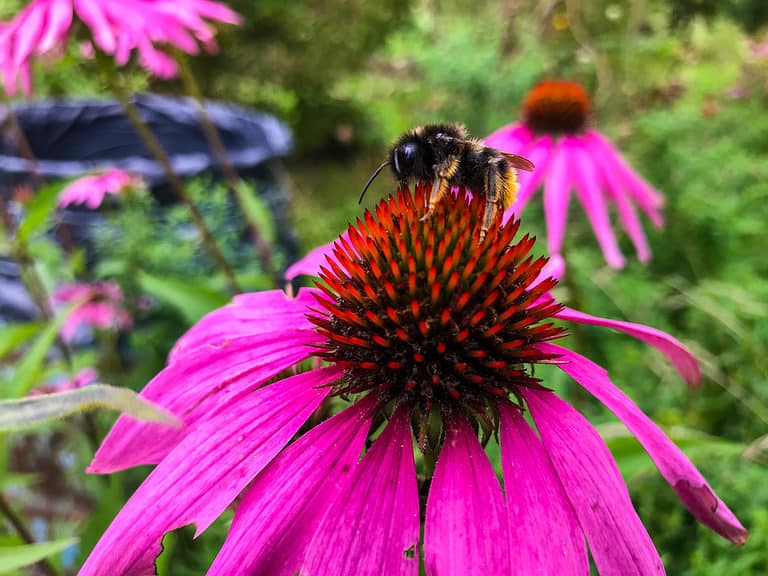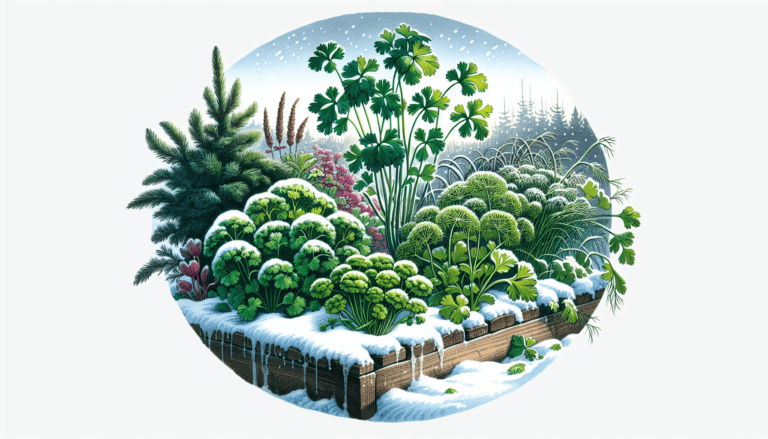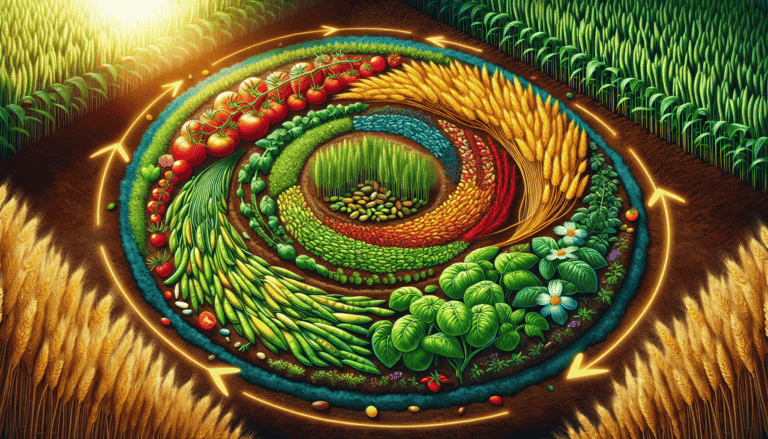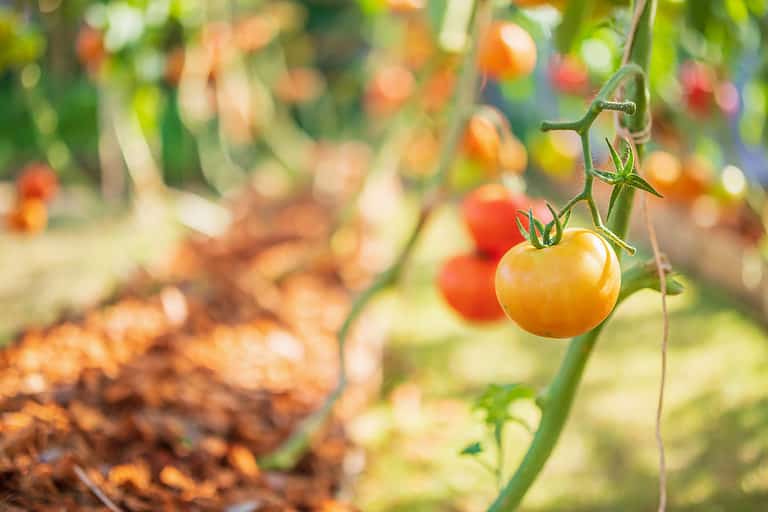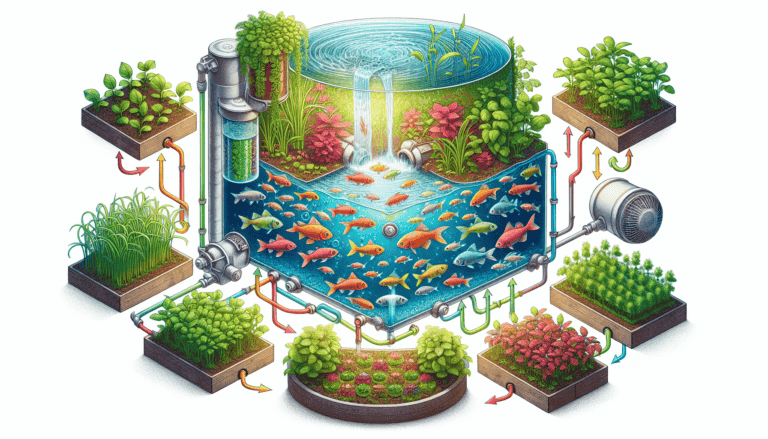Top Tips on How to Grow Onions
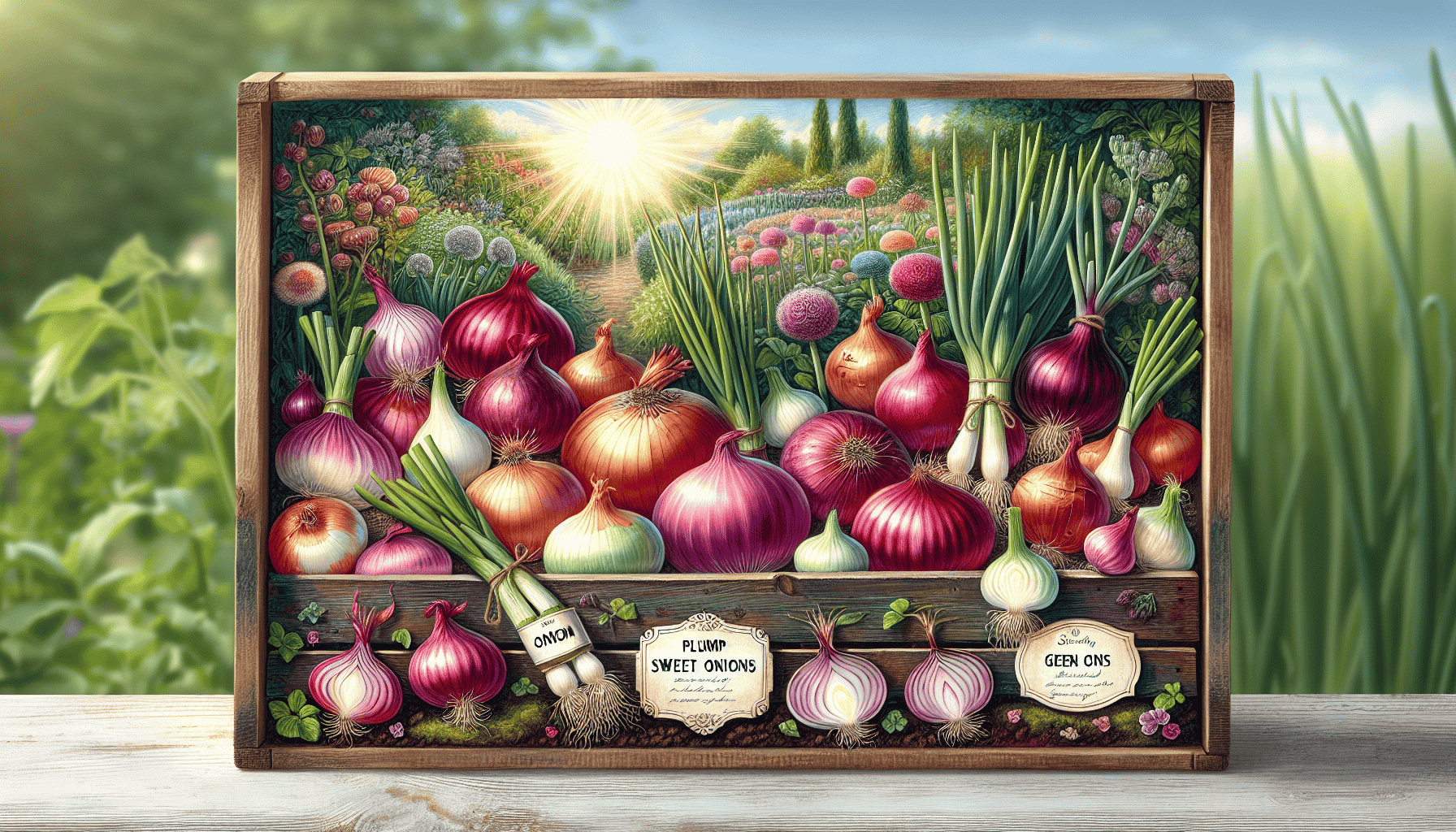
Curious about how to grow onions at home? This guide covers everything you need to know, including selecting the right onion varieties, preparing your site, planting, and harvesting. Whether you’re new to gardening or an expert, you’ll find valuable tips to ensure a bountiful onion harvest.
Key Takeaways
Selecting the right onion variety based on daylight conditions and climate is essential for successful growth.
Proper site preparation, including soil quality and sunlight exposure, is crucial for healthy onion development.
Consistent care, including watering, fertilization, pest management, and proper harvesting techniques, is key to maximizing onion yield and storage life.
Choosing Onion Varieties

Selecting the appropriate onion variety is the first step in your onion-growing journey. The variety you choose can significantly affect your success, as different types flourish under varying daylight conditions and climates.
Onions are generally classified into three main types based on when they form bulbs in relation to daylight:
Short-day onions require at least 10 hours of sunlight daily and are best suited for warmer climates, specifically USDA hardiness zones 7 and warmer.
Long-day onions need 14-16 hours of sunlight and are typically grown in cooler climates, usually in USDA zones 6 and colder.
Intermediate-day onions need 12-14 hours of daylight, are versatile and can grow in most zones, but are particularly suited for USDA zones 5 and 6.
Aligning your onion variety with your local climate is key to successful growth and yield. Planting the wrong type can result in poor bulb development, forming too early or late, leading to small or misshaped onions. Understanding your region’s daylight hours and choosing wisely will lay the groundwork for a thriving onion garden.
Preparing the Planting Site
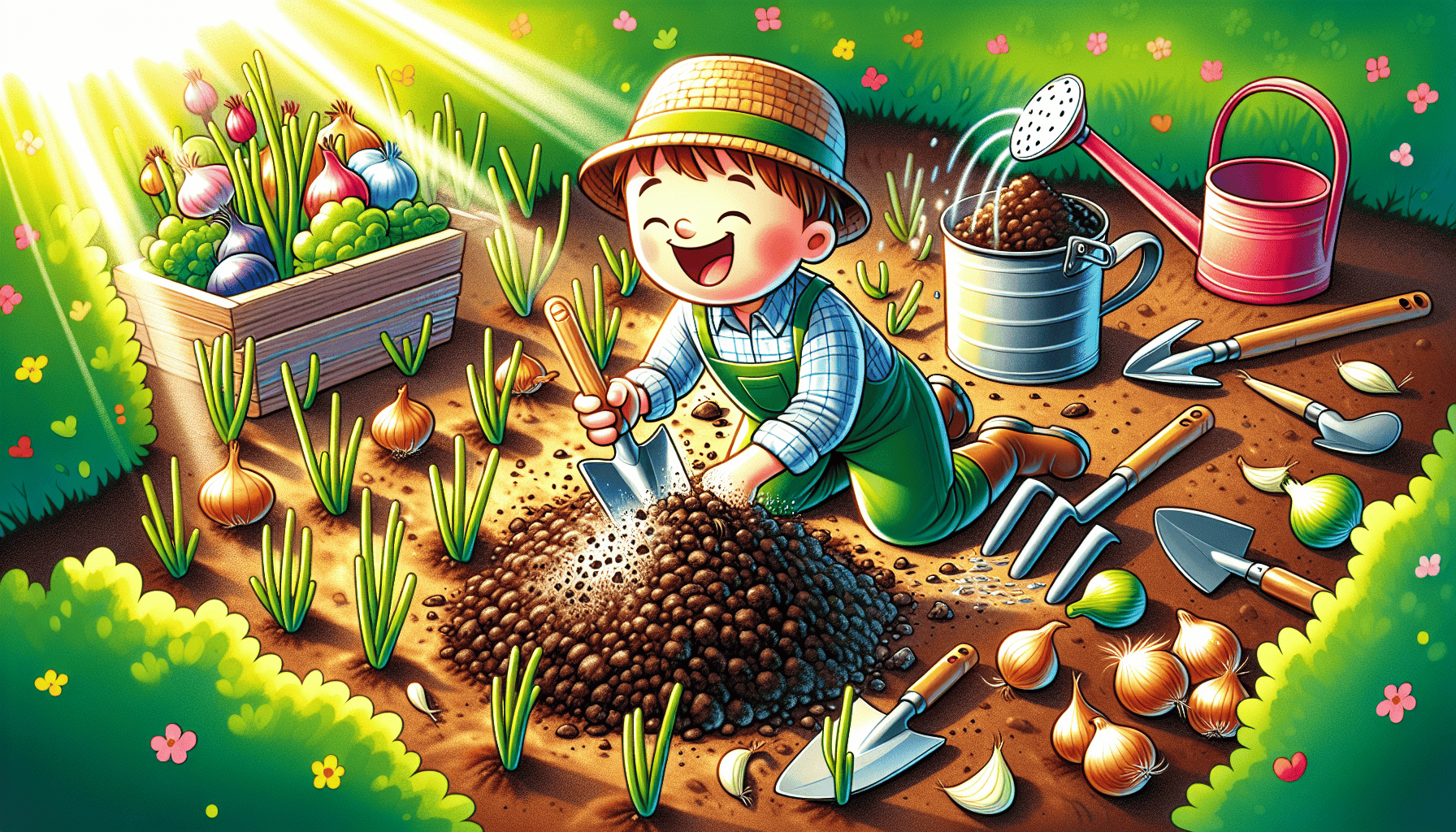
Preparing the planting site ensures your onions grow strong and healthy. They thrive in full sun, requiring at least six hours of direct sunlight daily to maximize bulb growth. Choosing a sunny spot in your garden is vital for the development of large, flavorful onions.
Plant your onions in loamy soil rich in organic matter. They prefer well-drained, loose soil with a pH between 6.0 and 7.0. Adding aged manure or compost can greatly enhance soil structure and fertility. Avoid fresh manure, as it can be too harsh for young plants.
For heavy clay soils, incorporating organic matter can enhance drainage and aeration, making it more suitable for onion cultivation. Raised beds can also be beneficial, improving drainage and making soil quality management easier. Proper soil preparation ensures your onions have the best start to their growing season.
Planting Onions
You can plant onions in various ways, depending on your preference and available resources. Knowing the best time and method is key to a successful harvest.
In warmer climates, planting onions in the fall or late winter can yield great results. For cooler regions, early spring planting is ideal, starting when the ground thaws and temperatures rise above 28°F. Seedlings should be planted outdoors when the soil temperature reaches around 50°F.
Proper spacing is crucial for onion plants. Plant them 1 inch deep and 6 inches apart in furrows 12 inches apart to prevent overcrowding and resource competition. Planting too deeply or too closely can hinder bulb formation, resulting in smaller, less desirable onions.
Next, we explore different methods of growing onions from seed: from seeds, sets, and transplants.
Growing Onions from Seeds
Growing onions from seeds is cost-effective and offers a wide variety of options. Start by sowing seeds indoors about six weeks before transplanting outside. Plant seeds 1/4 inch deep in a potting mix kept damp but not soggy to ensure healthy growth.
Using grow lights for 10 to 12 hours daily helps seedlings develop properly. Once ready and the outdoor soil temperature reaches 50°F, transplant them into the garden. This method, though requiring more initial effort, can lead to a bountiful harvest of various onion types.
Growing Onions from Sets
Onion sets are small onion bulbs grown from onion seeds the previous season. They are more expensive than seeds but are favored for their ease of use. To plant onion sets, they can be purchased from garden centers or seed catalogues and should ideally be no more than an inch in diameter. Sweet onions can also be grown from these sets for a delicious flavor.
Space onion sets 4 inches apart with rows 12 to 18 inches apart. After planting, leave them undisturbed and avoid hilling soil around them.
One downside of sets is their susceptibility to bolting, which can be managed by proper planting times and conditions.
Growing Onions from Transplants
Onion transplants are seedling onions ordered from seed companies, offering a wider variety of cultivars and more reliable growth. They are less prone to bolting compared to sets and can be planted once soil temperatures reach 50°F, typically 4-6 weeks before the last frost.
Planting transplants follows similar spacing guidelines as sets, ensuring enough room to grow without competition. This method combines the ease of sets with the variety and reliability of seeds, making it popular among gardeners.
Caring for Onion Plants
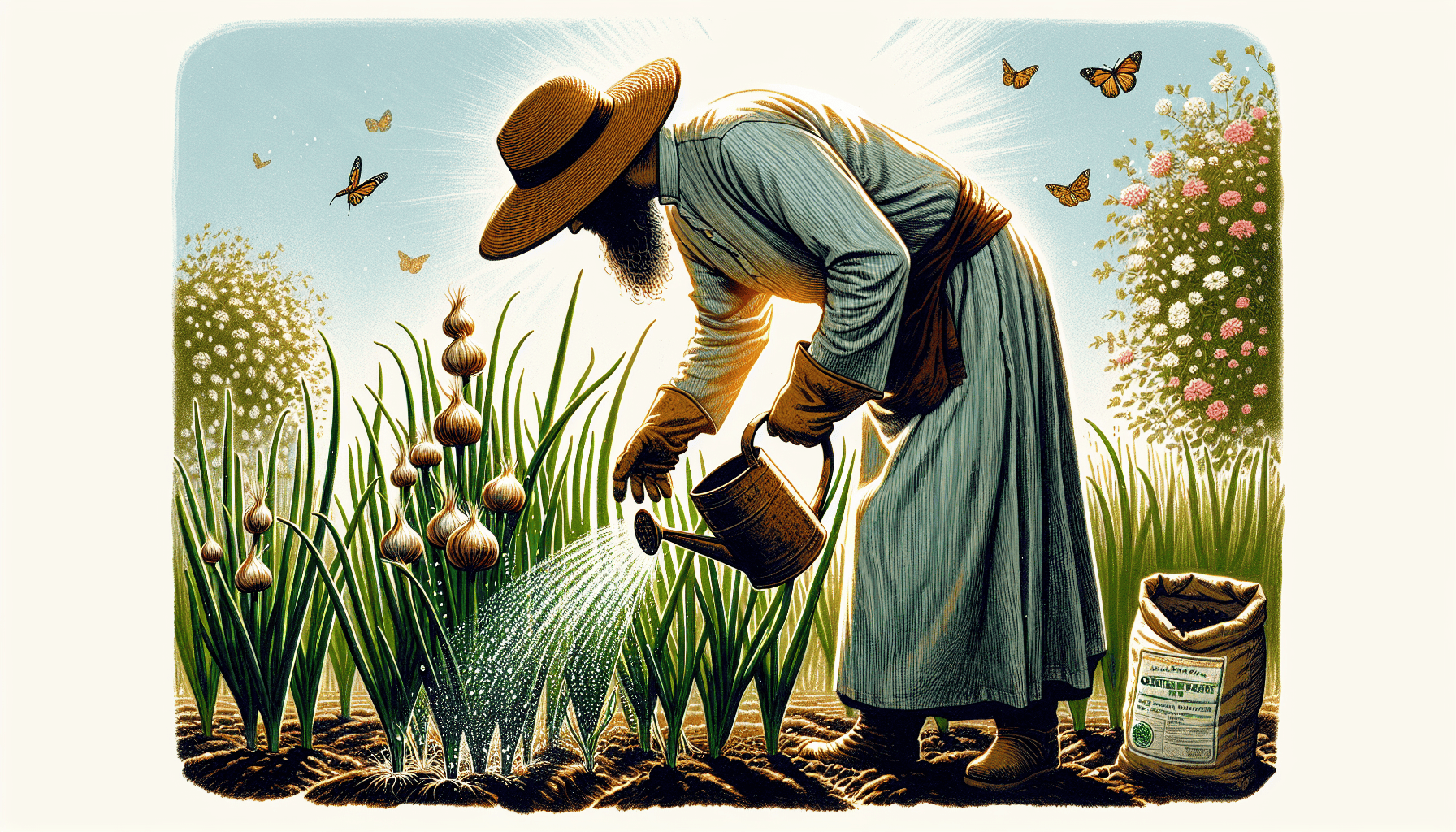
Caring for onion plants involves providing adequate water, nutrients, and pest protection. Onions have shallow roots and need consistent soil moisture to thrive. Regular fertilization with a nitrogen-rich fertilizer promotes healthy growth and large bulb formation.
Removing damaged leaves promptly maintains healthy foliage, crucial for bulb development. Factors like avoiding bolting and ensuring good air circulation can further enhance your onion-growing success.
Watering Onions
Proper watering is essential for onion growth. They need about one inch of rainfall or irrigation per week to maintain consistent soil moisture. Overwatering can cause bulbs to rot and become susceptible to diseases, so water appropriately.
A light layer of mulch can help retain soil moisture and reduce watering frequency. Regularly checking soil moisture with a finger test can help determine when to water the plants.
Fertilizing Onions
Fertilizing onions is crucial for optimal growth and yield. Start with a fertilizer onions-rich fertilizer at planting time. Additional side-dressings in mid-May and late June can boost growth and bulb size.
Stop fertilizing when the soil cracks around the bulb, indicating it is nearing maturity. Proper fertilization ensures onions develop fully, avoiding smaller bulbs due to nutrient deficiencies.
Managing Weeds and Pests
Weed control is crucial during the first two months of onion growth when plants are establishing. Row covers or organic pest control methods can protect onions from pests like onion maggots and thrips.
Practicing crop rotation by alternating onion planting with other crop families helps disrupt pest life cycles and prevent diseases. Keeping the planting area clean and free of debris minimizes potential pest habitats.
Harvesting and Storing Onions
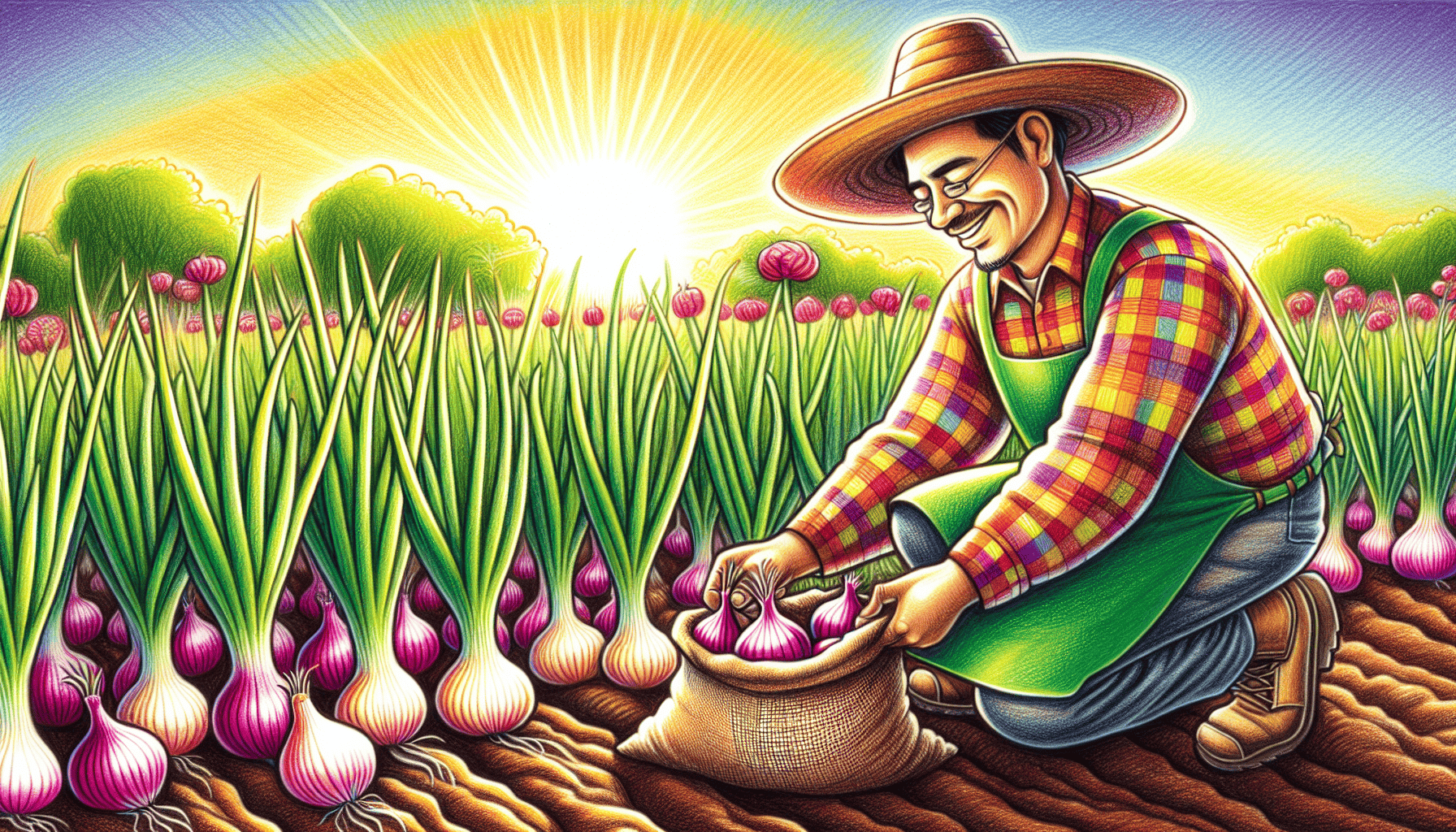
Knowing when and how to harvest onions maximizes their shelf life. Harvesting onions when the tops of the plants begin to fall over and the bulb skin feels papery. Use a spading fork to carefully lift onions from the soil, avoiding damage.
Curing is essential for preparing onions for storage. Let them dry in a warm, well-ventilated area until the necks tighten and the outer skins become papery. Proper curing can extend storage life for several weeks or even months.
Store cured onions in a cool, dry place with good air circulation to avoid spoilage. Avoid refrigerating, as humidity can promote rot. Using mesh bags or hanging them in bunches helps maintain quality during storage. Additionally, remember to store onions properly to ensure their longevity.
Common Problems and Solutions
Growing onions can come with its share of challenges. Thrips and onion maggots, including onion root maggots, are two of the most common insect pests. They pose significant challenges for crops. Thrips, tiny insects that suck sap from onion leaves, can cause leaves to turn yellow and reduce bulb size. Onion maggots feed on roots and bulbs, leading to rot during storage. Using row covers and organic pest control methods can help manage these pests.
Onion white rot is a serious fungal disease requiring immediate action. Dispose of affected plants promptly to prevent disease spread. Practicing crop rotation by not planting onions in the same location year after year reduces the risk of disease buildup.
Temperature fluctuations can cause onions to bolt, leading to premature flowering that diverts energy from bulb formation. Planting at the appropriate time for your region helps prevent bolting, crucial for successful crop growth.
Overwatering can lead to bulb rot, so managing soil moisture carefully is crucial. Addressing any issues promptly and effectively ensures your onions remain healthy and productive.
How to Grow Onions in Containers
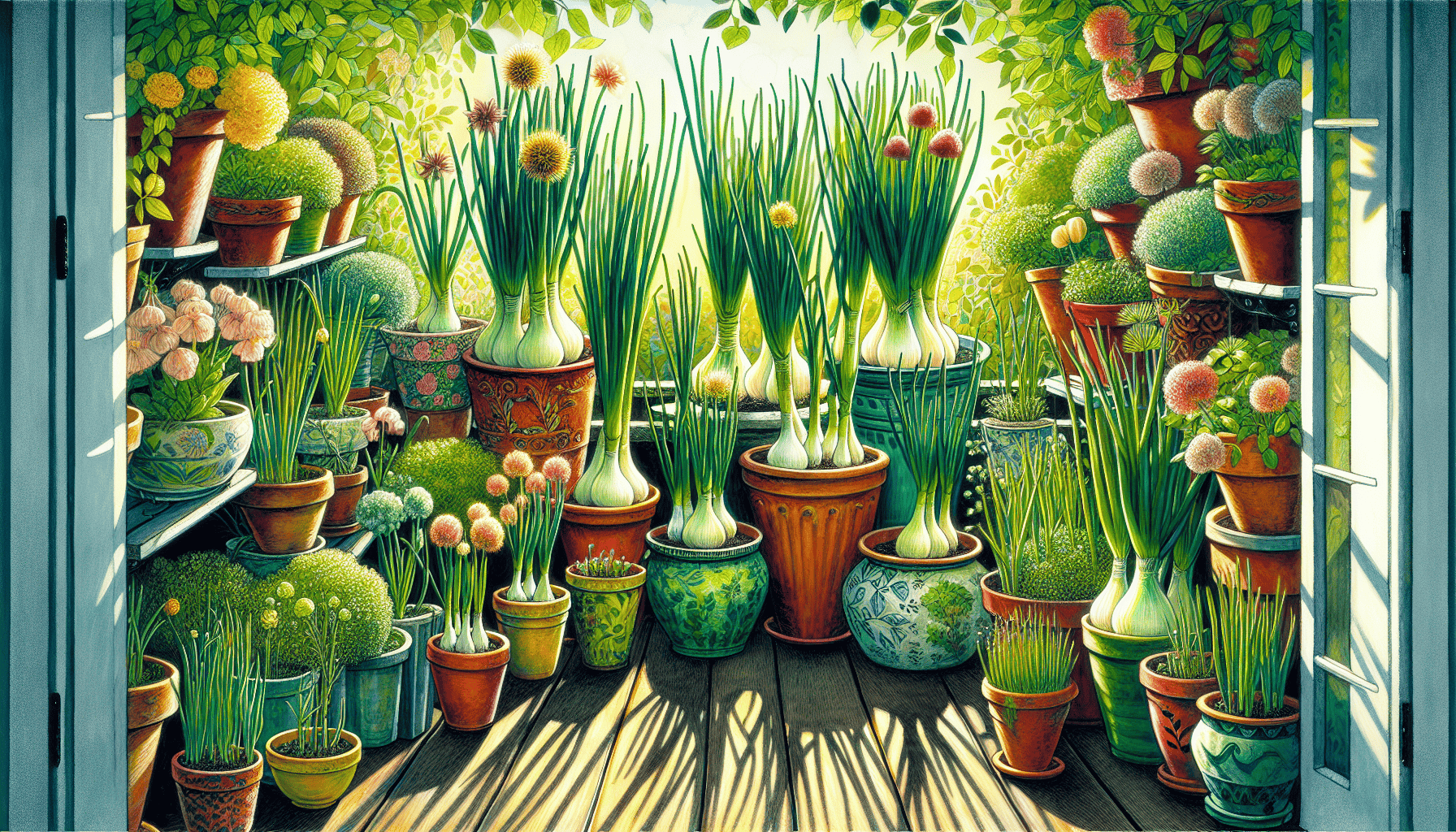
Growing onions in containers is a great option if you have limited garden space or want to try something different. Unglazed clay containers are ideal for their breathability, helping maintain healthy soil conditions. Ensure containers are at least 10 inches deep to accommodate onion roots and have drainage holes for excess moisture to evaporate.
Mixing compost into the potting mix improves drainage and nutrient content, creating a good environment for onions to thrive. Use a quality organic vegetable potting mix with sharp drainage and a complete fertilizer or diluted fish emulsion to support growth. Space onions about 6 inches apart in the container to allow ample room for each plant to grow.
With these tips, you can enjoy a successful onion harvest right from your balcony or patio.
Summary
Growing onions can be a fulfilling and rewarding experience, whether you choose to plant onions from seeds, sets, or transplants. By selecting the right variety for your climate, preparing the planting site correctly, and providing proper care, you can produce large, flavorful onion bulbs. Remember to manage weeds and pests, water and fertilize regularly, and harvest and store your onions properly. With the knowledge and tips provided in this guide, you’re well on your way to a bountiful onion harvest. Happy gardening!
Frequently Asked Questions
Can you grow onions from an onion?
Yes, you can grow new onions from a sprouted onion, typically yielding three new onions. However, some preparation is necessary before planting the sprouted onion in the ground.
What is the best time to plant onions?
The best time to plant onions varies by climate; fall or late winter is suitable for warmer regions, while cooler areas should plant in spring once the ground has thawed and temperatures are above 28°F. Planting at the right time ensures a successful harvest.
How do I choose the right onion variety for my region?
To choose the right onion variety for your region, assess the daylight requirements: select short-day onions for warmer climates, long-day onions for cooler climates, and intermediate-day onions for more versatility across various zones. This approach will ensure optimal growth in your area.
What soil conditions do onions need to grow well?
Onions grow best in well-drained, loose soil with a pH between 6.0 and 7.0. Enhancing your soil with aged compost or manure will significantly boost its structure and fertility.
How much water do onions need?
Onions require approximately one inch of water per week, whether from rainfall or irrigation. It’s important to keep the soil consistently moist, but be cautious of overwatering to prevent bulb rot.

